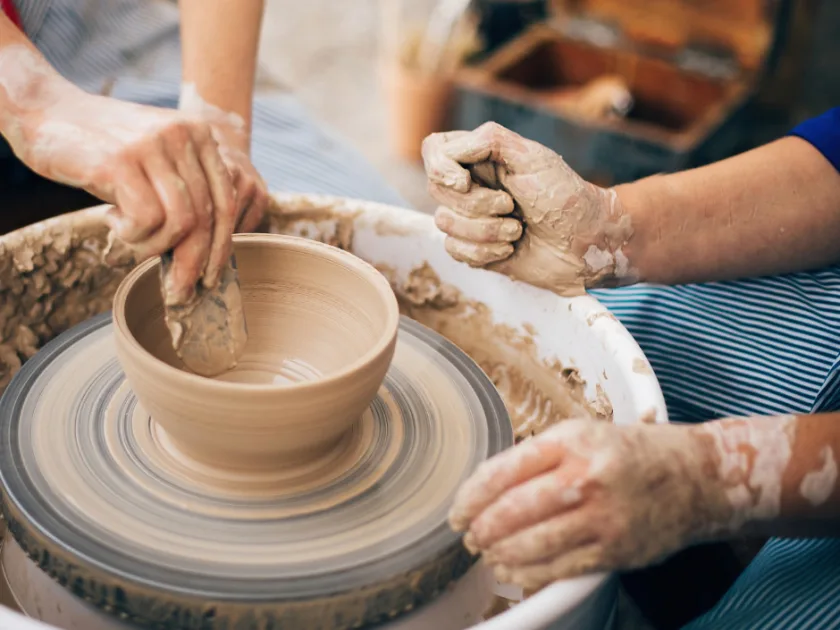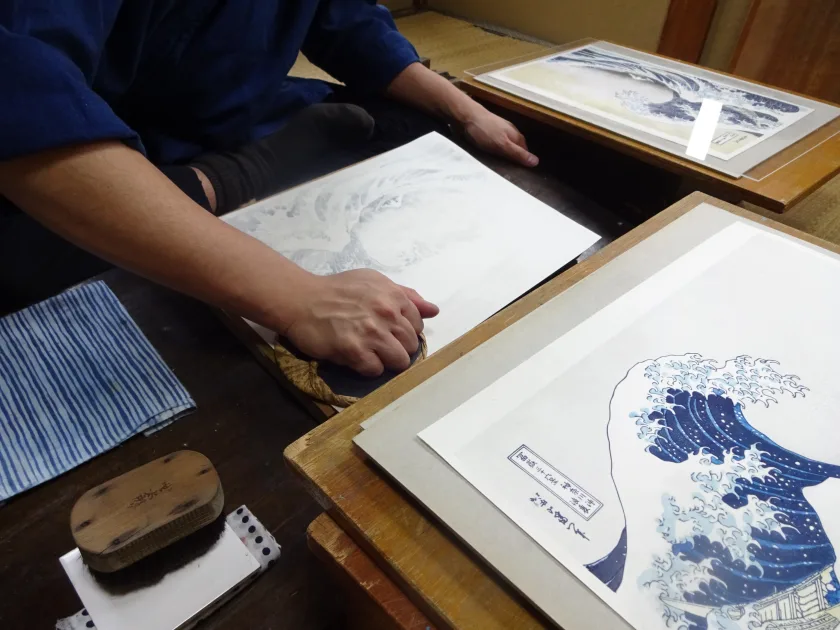Japanese Traditional Crafts—Once Lost, They May Never Return: How to Support Japanese Artisans with Experience Tour
Japanese Traditional Crafts—Once Lost, They May Never Return: How to Support Japanese Artisans with Experience Tour Japan is home to numerous exquisite traditional crafts, but they are not automatically preserved through generations. The market for traditional crafts plummeted from ¥540 billion in 1983 to ¥87 billion in 2020, and the number of craftsmen has decreased from 288,000 in 1979 to just 54,000 (Source: The Association for the Promotion of Traditional Craft Industries). This signifies a looming loss of Japan’s cultural heritage. The Evolution and Current State of Traditional Craft Industries Post-World War II economic growth transformed many aspects of Japanese society, particularly impacting the traditional crafts industry. Technological innovations and the advent of industrial materials led to a rapid decline in the traditional crafts market, overshadowed by mass-produced modern industrial products. Moreover, urbanization and the decline of rural areas have made securing the raw materials necessary for traditional crafts difficult. For example, the availability of plants used in lacquer and Washi (Japanese paper), essential for traditional methods, has decreased significantly. How to Support Traditional Crafts and Japanese Artisans with Experience Tour Given this context, participating in traditional crafts experience tours is crucial for preserving and supporting Japanese artisan’s skills.


